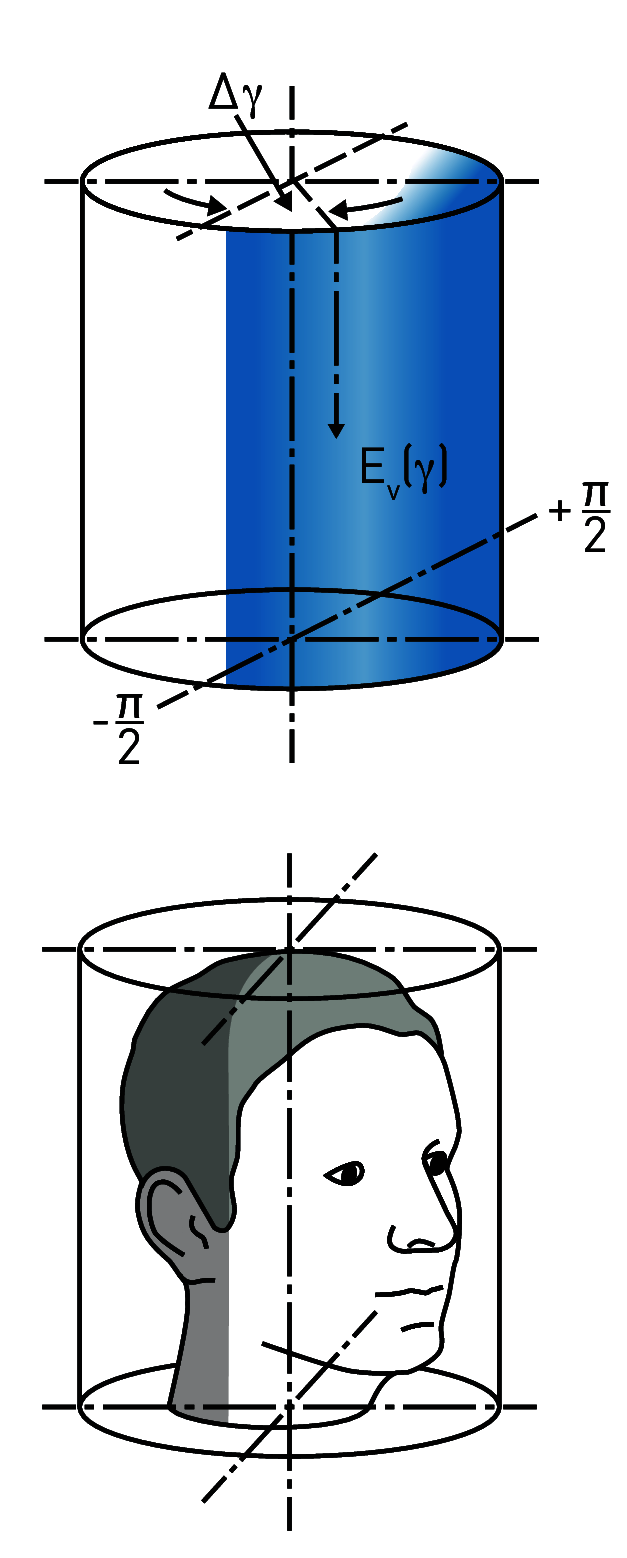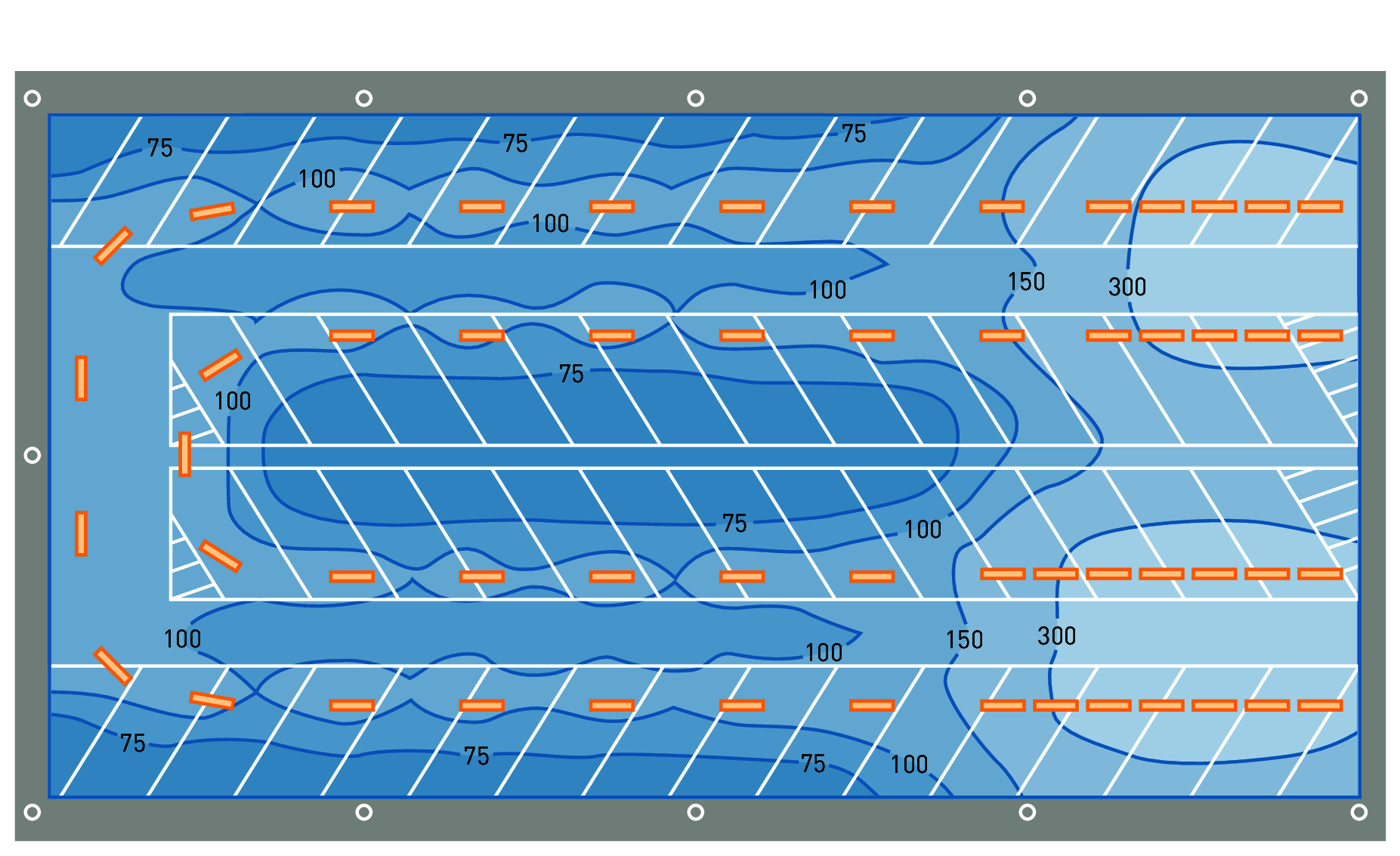Light-flooded parking structures should fundamentally be favoured. However, if they feature insufficient artificial lighting on the inside and unobstructed daylight openings (windows) are located in the main driving directions, those can lead to unbearable glare, loss of orientation and thus become a safety risk. High reflectance and additional lighting of indoor areas reduce brightness contrasts and consequently glare. If there is visual contact to outside daylight from the main movement directions, the illuminance values (see table) must be doubled for these areas. The federal parking association Bundesverband Parken e. V. (www.parken.de) which has been active in Germany since 1968 represents the operators of more than 2.100 parking garages, underground parking garages and other large-format parking facilities with nearly 1 million parking spots. This equates to roughly 80% of all parking garages in Germany. The association upholds the idea of a user-friendly, bright parking garage and emphasises the wishes of users in terms of safety, attractiveness, clarity and cleanliness in parking garages. Light and colour, which are closely connected to orientation and safety, are paramount design basics in this respect. The lighting requirements contained in standard EN 12464-1 correspond to this objective from the association’s point of view.
Lighting design

Figure 3.152: To rate spatial perception through lighting, the semi-cylindrical illuminance EV is used as a quality parameter. It is the sum of vertical illuminance Esz on a half-cylinder (right) and a measure for the recognisability of three-dimensional structures (left).

Figure 3.153: Example for lighting design in a parking garage according to EN 12464-1, horizontal illuminance distribution (isolux lines) in lx